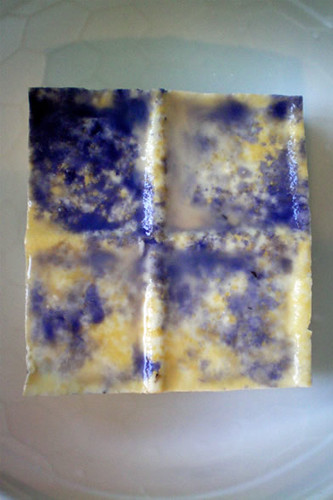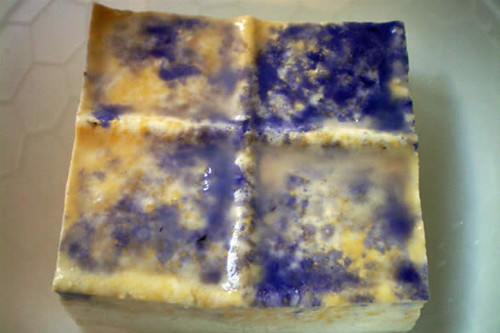These last weeks, my mentality has been feverishly occupied.
Many of my ideas have sunk, slowly, like a poisonous dustfall through the Glimmung’s phantasmagoric ocean, past the sunken cathedral of aeons past - and still deeper to that place where bad thoughts go to die.
But some have served to feed the ever burgeoning Encyclopaedia of Nonesuch. Choices for the name of my protagonist have been whittled down from about twenty to two: Alsus and Alsace. At present I am leaning towards the latter.
Alsace has a new tutor, a tall unsmiling man named Northy, who is more bodyguard than pedagogue - sent from afar by Alsace’s father, Ashen, as the political situation rapidly deteriorates. Touched while still a babe, Northy is formed from canon-tree wood. Another new character has emerged: Jequirity Pea, a girl from a local tribe of Emeraldim whose tattoos - with their eldritch geometries - strike to the heart of Alsace's’ sexual instinct. Jequirity is the only person with the ability to perceive Almathea, the blue spirit who walks behind Alsace. Jequirity, like all women of the Emeraldim has pale green teeth and an intriguing tablier Egyptien ...
But now, to the point:
Please observe this section of soft refrigerated tofu, abandoned for an indeterminate period in a zone reserved for non-preferred mustards, 99% fat-free French salad dressing, blue cheese salad dressing and Outback Brand lime, chilli and ginger sauce.
Mould comes in many colours - green, grey, blue etc. – which are often specific to the substance on which it grows. But upon this block of tofu there appeared an outcrop of almost fluorescent purple, which my camera could not perfectly reproduce. I made repeated attempts with different backgrounds, in various light conditions, but you’ll have to trust me that it was even brighter, even more purple and iridescent than it appears in these images.
Purple mould. Livid ultraviolet mould. Perhaps I have seen too little rancid tofu in my time, but I do find this extraordinary.
I ask myself, since the species appears so unnatural, could it perhaps be unnatural. Might some outrageous additive have spurred a providential mutation?
Further to the dreadful food-industry practices I described in a previous post, some recently announced Chinese food safety protocols have outlawed a swathe of other stomach-turning activities. Boron (among other things, an insecticide) has been used to increase the elasticity of meatballs and noodles. Formaldehyde and/or lye are routinely ‘added to water in which seafood is soaked to make the produce appear fresher and bigger’. Also banned, interestingly, is the traditional use of ‘an addictive substance made from the poppy plant ... used in hot pot, a Chinese dish where meat, vegetables and tofu are cooked at the table’.
In a culture where food colourings seem interchangeable with industrial dyes, increased regulation is certainly good news but, typically, I have veered from the subject of my post: this novel and uncommonly beautiful mycelium.
I won’t prattle on further, except to pose a series of questions.
Is the steady increase in the size of the strawberry a reflection on our society? Perhaps even on our humanity? What is the meaning behind our urge to force the species so far beyond its natural size? This very day, if one wished, one could go out and purchase a strawberry approaching the size of an apple. Why have we worked so hard to grant ourselves this dubious boon? What lies behind this strange imperative?
As the strawberry bloated under the devious hands of the food-scientists, initially the flavour did not keep pace – but now this hurdle seems to have been overcome. The hydrocephalic supermarket strains are becoming as sweet and densely-flavoured as the strawberries of yesteryear – though not, of course, the wild strawberry, which now tastes like an entirely different species.
As the concept of the punnet becomes increasingly ridiculous, broad trays of strawberries are becoming more common. Soon perhaps, we will purchase them in something akin to egg-cartons. Commercial Fruit Behemoths will develop a hardier skin, allowing the strawberry to enter the aisles, if not of golden delicious and fuji, then of the stone-fruit which it has already begun to dwarf.
And, as their genomes are mapped and turned inside-out, will raspberries and blueberries also become subject to the same process of forced gigantism?










